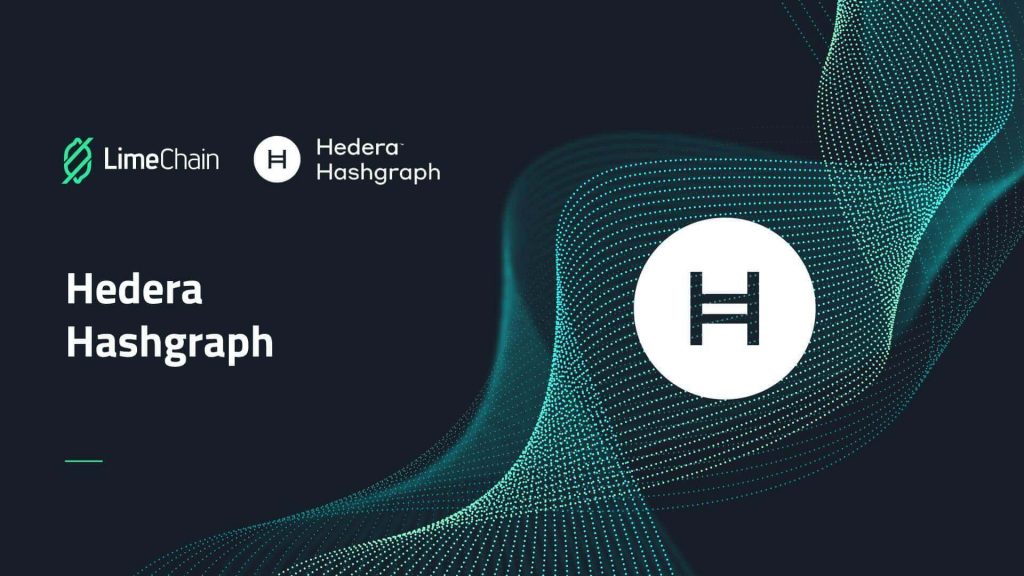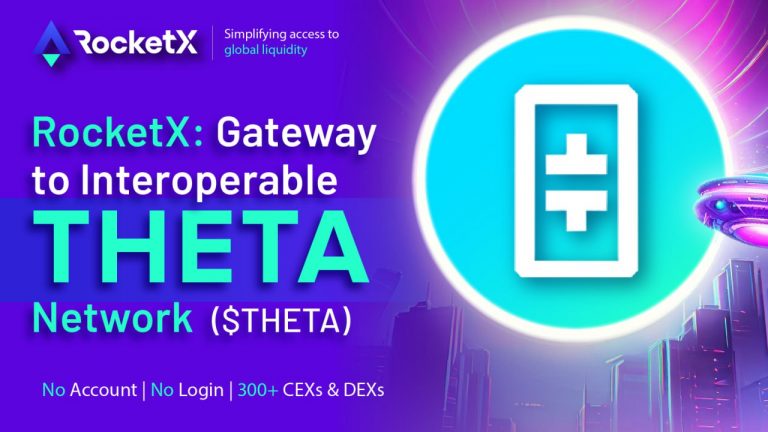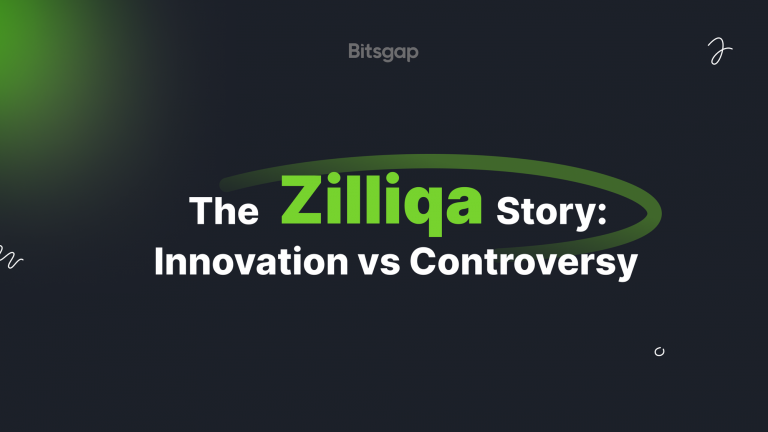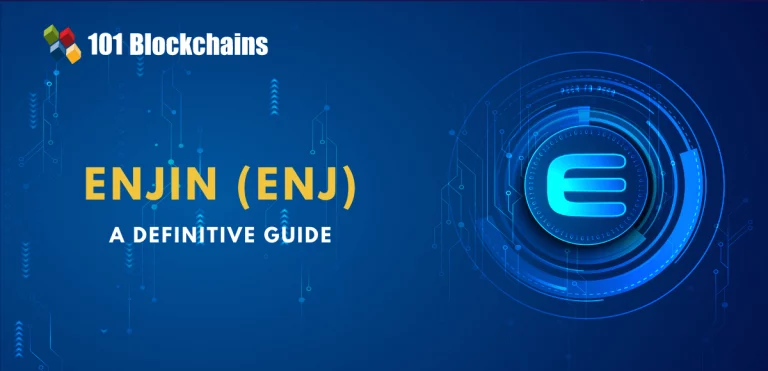
Hedera Hashgraph A Distributed Ledger Technology
Hedera Hashgraph is a public distributed ledger technology (DLT) platform that aims to provide a more scalable, secure, and fair alternative to traditional blockchain platforms. Unlike blockchain, which uses a proof-of-work consensus mechanism, Hedera Hashgraph employs a directed acyclic graph (DAG) consensus algorithm.
The Birth of Hedera Hashgraph
Hedera Hashgraph was founded in 2016 by Mance Harmon and Leemon Baird, two computer scientists with extensive experience in distributed systems. The platform’s goal was to create a more efficient and secure alternative to blockchain technology.
How Hedera Hashgraph Works
Hedera Hashgraph’s consensus mechanism is based on the concept of virtual voting. Each node in the network votes on the order of transactions, and the consensus is reached through a series of virtual votes. This approach allows for faster transaction speeds and improved security compared to traditional blockchain platforms.
Hedera Hashgraph also uses a gossip protocol to propagate transactions and updates across the network. This ensures that all nodes have a consistent view of the ledger.
The Benefits of Hedera Hashgraph
Hedera Hashgraph offers several benefits, including:
- Scalability: Hedera Hashgraph can handle a large number of transactions per second, making it suitable for high-performance applications.
- Security: Hedera Hashgraph’s consensus mechanism provides a high level of security and resistance to attacks.
- Fairness: Hedera Hashgraph’s fair consensus algorithm ensures that all nodes have an equal opportunity to participate in the network.
- Interoperability: Hedera Hashgraph is designed to be interoperable with other blockchain platforms, allowing for the seamless transfer of assets and data.
- Developer-Friendly: Hedera Hashgraph provides a developer-friendly environment with a variety of tools and resources for building applications.
The Hedera Hashgraph Ecosystem
Hedera Hashgraph has a growing ecosystem of dApps and projects built on the platform. Some notable examples include:
- Hashgraph Council: A group of governing nodes that oversee the operation of the Hedera Hashgraph network.
- Hedera Token Service (HTS): A platform for creating and managing custom tokens on Hedera Hashgraph.
- Hedera Consensus Service (HCS): A service that allows developers to integrate Hedera Hashgraph’s consensus mechanism into their own applications.
The Future of Hedera Hashgraph
The future of Hedera Hashgraph looks promising, as the demand for scalable and secure blockchain platforms continues to grow. Hedera Hashgraph’s unique approach to consensus and its focus on developer-friendliness position it well to become a leading player in the blockchain space.
As the DeFi market expands and the use cases for blockchain technology diversify, Hedera Hashgraph may play an even more significant role in shaping the future of the digital economy. With its potential to provide a scalable, secure, and fair platform for decentralized applications, Hedera Hashgraph has the potential to become a cornerstone of the blockchain industry.
In conclusion, Hedera Hashgraph is a promising blockchain platform that offers a unique approach to consensus and scalability. Its focus on developer-friendliness and its growing ecosystem make it a platform to watch in the world of cryptocurrency and blockchain technology. As the blockchain industry continues to evolve, Hedera Hashgraph may play a crucial role in shaping the future of decentralized finance and beyond.



